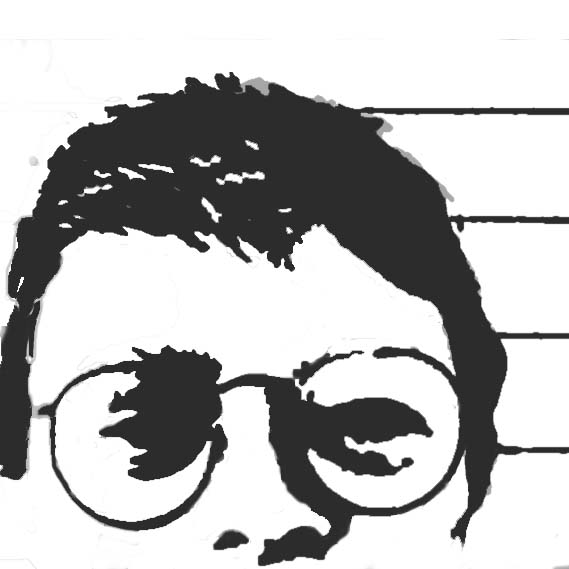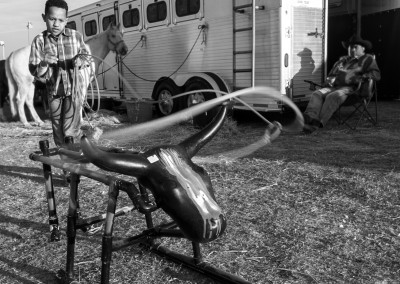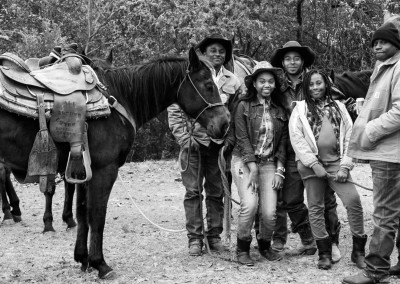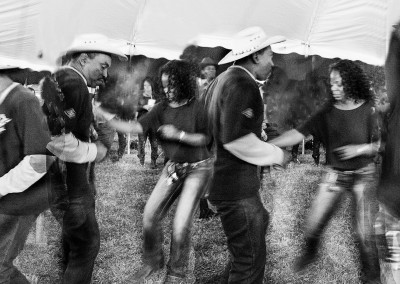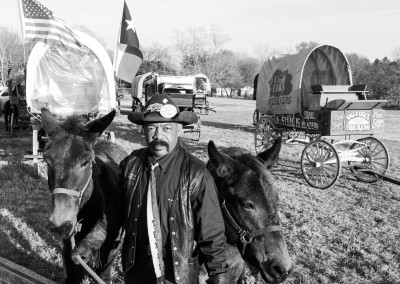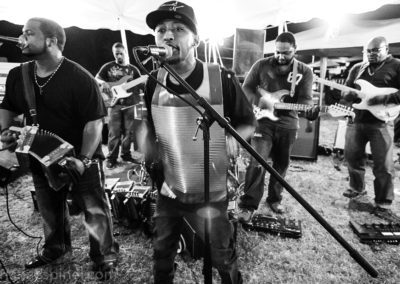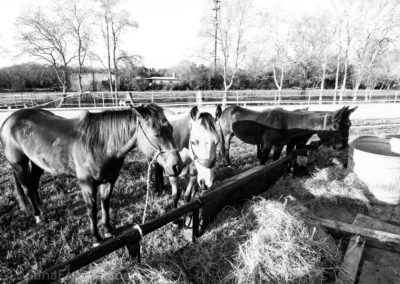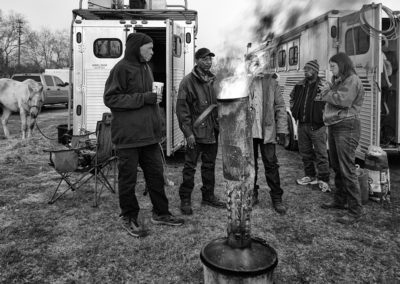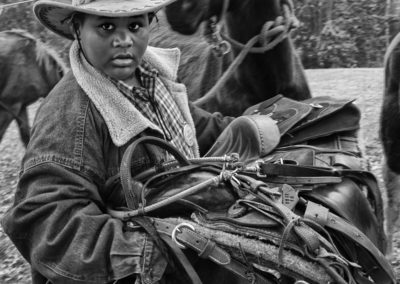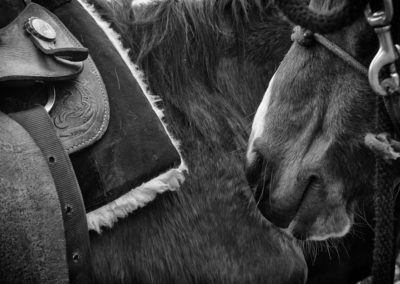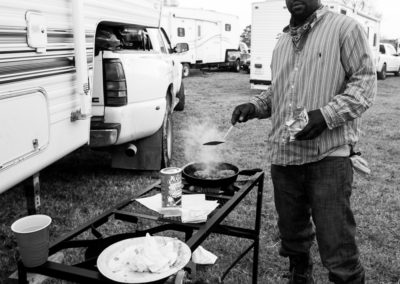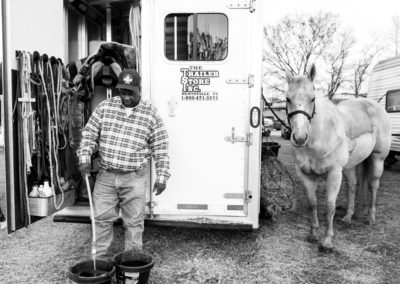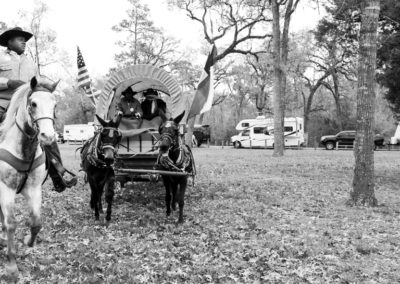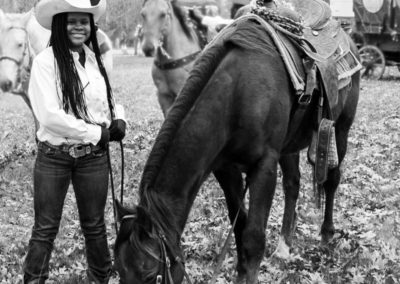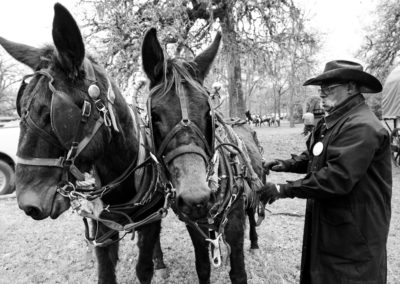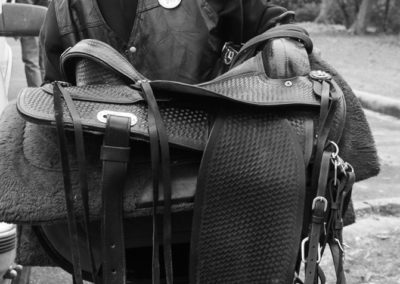CONTRIBUTOR:
Pat Jasper, Director of Folklife + Traditional Arts
Houston Arts Alliance’s Folklife + Traditional Arts program has been conducting fieldwork through the spring and now into the summer in preparation for a project entitled Winter Celebrations, to be presented later this year. We are researching three very different cultural traditions and considering some of the interesting and revealing ways in which they are similar and, of course, many of the ways in which they are drastically different. But rodeo trail rides, the Feast Day of the Virgen of Guadalupe and the celebration of Indochinese lunar New Year share more than a season. Here’s a glimpse of our current work and the people we are getting to know as a part of it.
Like many Houstonians, Rosetta Gray is not a native of the city. But this hasn’t kept her from regularly participating in an activity for almost 35 years that most Houstonians would consider a central symbol of the city. She trail rides. Even more, she’s the Trail Ride Boss.
Rosetta developed early riding skills growing up in the countryside of Mississippi. She took up trail riding with the Southwestern Trail Ride Association soon after moving to Texas in the late 1970s. She stayed with Southwestern, bringing her children up on the trail rides and now her grandchildren as well.
Southwestern Trail Ride Association is the city’s second official African American trail ride to form after the Prairie View group got started in the 1950s and became a part of the Houston Livestock Show and Rodeo. The legendary founder of the Prairie View unit, Jamie Francie Jr., knowing that the success of his organization had outgrown the places where they camped and came together, encouraged Rosetta’s husband, Fred Gray, to start a second group in the southwest part of town. Noting that Brazoria County had a strong agricultural economy, he recommended they focus their ride in that sector of the region. Rosetta’s first ride with Southwestern began in Sargent, Texas, some seventy miles south of Houston.
Nowadays, the Southwestern Trail Ride Association kicks off closer in, at a campsite in West Columbia. They begin their ride, as most groups do, by hosting a celebration featuring zydeco music. Over the last 20 years, with the increase of the Creole population in this part of Texas and the music’s association with rural life, zydeco has become the signature music of the Black trail rides.
For many Houstonians, the trail rides — whether Anglo, African American or Mexican American — are often seen as a form of dress-up, in keeping with Go Texan Day, the Friday launch for the annual Houston Livestock Show and Rodeo. That February event is a special time for the Southwestern Trail Riders, but it carries more historical and regional significance than most know. The Texas Gulf Coast is home to a rich black cowboying tradition. The counties that surround Harris — especially Waller, Fort Bend, Brazoria and those further south along the Coastal Bend — are still home to a thriving ranch economy. African American cowboys helped build that economy and it is this legacy that all Black trail ride associations draw on every time they ride out; especially when they ride out for what many consider the largest rodeo in the US, if not the world!
